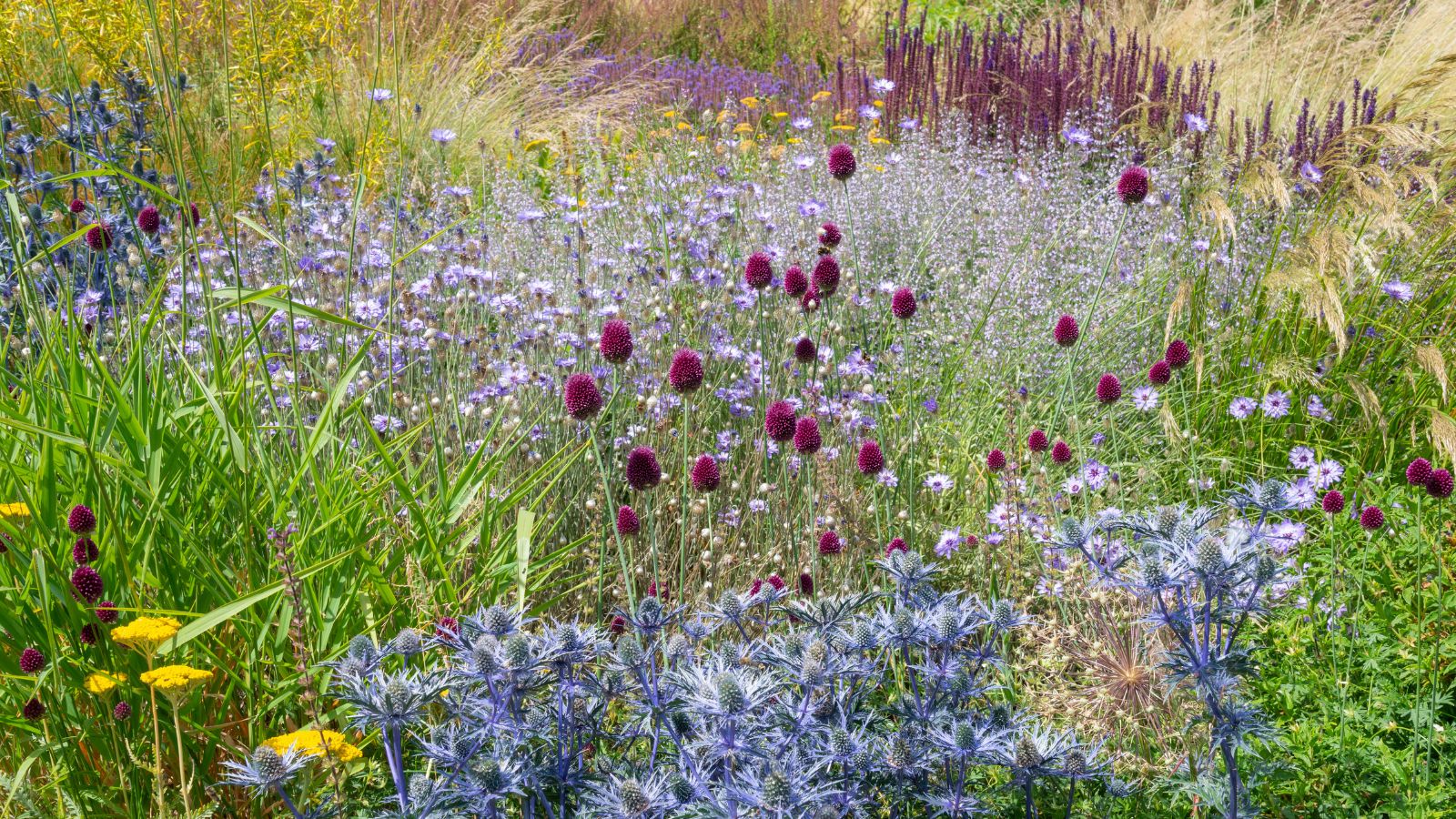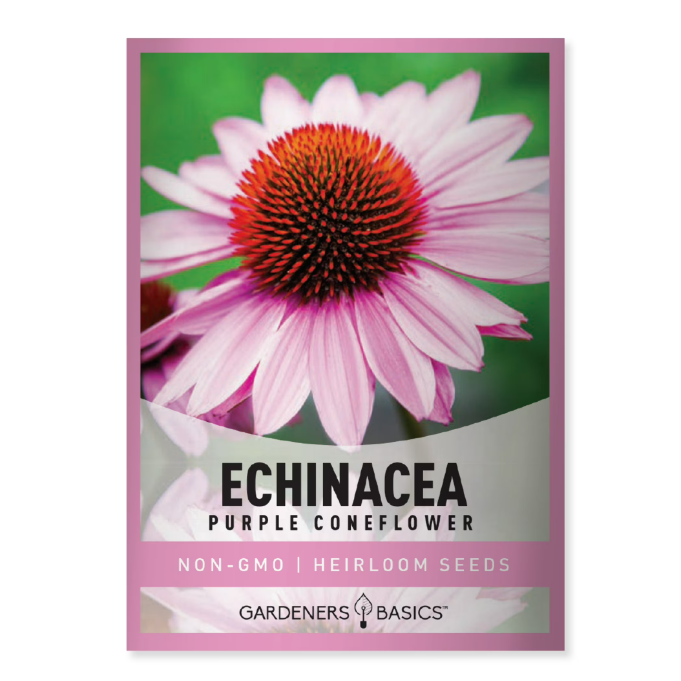Jonathan Knight’s Beautiful Acre of Wild Garden to Help Dwindling Bee Populations Isn’t Unachievable – You Can Grow One Too
Jonathan’s wild garden isn’t just loved by bees. He’s spotted birds and many other kinds of insects enjoying the extra greenery.


As more and more fields get taken over by houses and once-bountiful woodland zones become felled by deforestation, many animals and insects are left displaced. Without a home and enough pollen to survive, populations begin to dwindle as they look for somewhere else to go.
By introducing a wildlife garden to your yard – or even just a small wild area – you’re giving wildlife back a habitat where they can thrive: somewhere that hasn’t been touched by harsh chemicals, cut down for paper, or flattened to oblivion for land. It’s a safe space for wildlife to eat, live, and breed, plus you gain all the joy of seeing more of nature make its way into your garden.
Jonathan Knight of New Kids on the Block is doing just that. Earlier this month, he took to Instagram to share a project he’s been nurturing throughout the year – a lush wild garden designed to help beneficial insects and animals alike to thrive.
A photo posted by on
“Dear Blockheads,” the text across the screen reads, addressing fans of NKOTB. “Nature and I thank you… this is what we grew together. An acre of nature filled with bees, birds, and bugs. XX Jon”
There’s no more text in the post – not even a caption – but the results in the video truly speak for themselves.
As the camera pans across Jonathan’s wild garden, viewers can see a mixture of different grasses combined with an abundance of flowers. They peek their heads out in varying bold colors – red, purple, pink – under the bluest possible sky. The sun’s golden lighting makes the scene look all the more stunning, as the garden seemingly endlessly spans off into the distance towards some trees.
If you’re looking to elevate your yard with a gorgeous wild garden or particularly wish to encourage more insects and animals into the space, creating an inspiring wild area like Jonathan’s isn’t impossible. In fact, gardeners of any level can do it, so long as they know where to begin.
Sign up for the Gardening Know How newsletter today and receive a free copy of our e-book "How to Grow Delicious Tomatoes".
To help you get started I spoke to a gardening expert about all things wildlife gardening. From what to plant to how to best take care of it, this little guide will get the ball rolling.
Where do I start when creating my own wildlife garden?

It can be hard to know where to start when creating a wildlife garden, but it’s actually incredibly simple. As Tammy Sons, avid gardener and founder of TN Nursery explains, all you really have to do is allow nature the chance it often doesn’t get to just take over.
“When I’m giving people advice on how to start a wildlife garden, I typically recommend following nature's lead,” says Tammy. “Look at what’s already growing well around you in the yard or on a walk, and begin there. Native plants are a great place to start since you already know they’re well adapted to your climate and ecosystem.
“From there, just do your best to ensure variety. If you plant all the same things, you’ll be appealing to all the same insects and other forms of wildlife. I personally enjoy planting milkweed for monarchs, coneflowers and bee balm for pollinators, and viburnum or elderberry for birds.”
How do I maintain my wildlife garden?
The beauty of a wildlife garden is that it doesn’t require maintaining. You simply let it exist in the most uninterrupted form as possible.
Though if you’re only wishing to have a dedicated section of your yard devoted to remaining wild, placing a fence like the OUSHENG Decorative Garden Fence from Amazon around it will help maintain a boundary.
You can also prune plants and flowers in the wildlife garden after their natural blooming cycle is over if you’re especially concerned about whether they’ll bloom in top form next year. The Felco Pruning Shears available on Amazon are perfect for the job as they procure precise, clean cuts that won’t harm delicate flower stems.

When handling lots of plants it's important to wear gardening gloves to avoid potential cuts and scrapes, as well as getting covered in dirt.

Coneflowers are a great choice for attracting bees and other pollinators.

Why pick one color of milkweed when you could craft a stunning garden filled with a rainbow of gorgeous varieties? These flowers are adored by butterflies.

Ciéra is a writer and regional laureate with particular passions for art, nature, philosophy and poetry. As well as contributing to Gardening Know How, she's an Editorial Assistant for Design Anthology UK and has words in other titles including Homes & Gardens, Livingetc, and Apartment Therapy. When she's not writing, Ciéra can be found getting incredibly excited when her small but ever-expanding garden shows more signs of growth. She believes it's something very beautiful to be cooking with her own produce, whether it's from her yard or picking berries from the wild to turn into jams or baked goods.